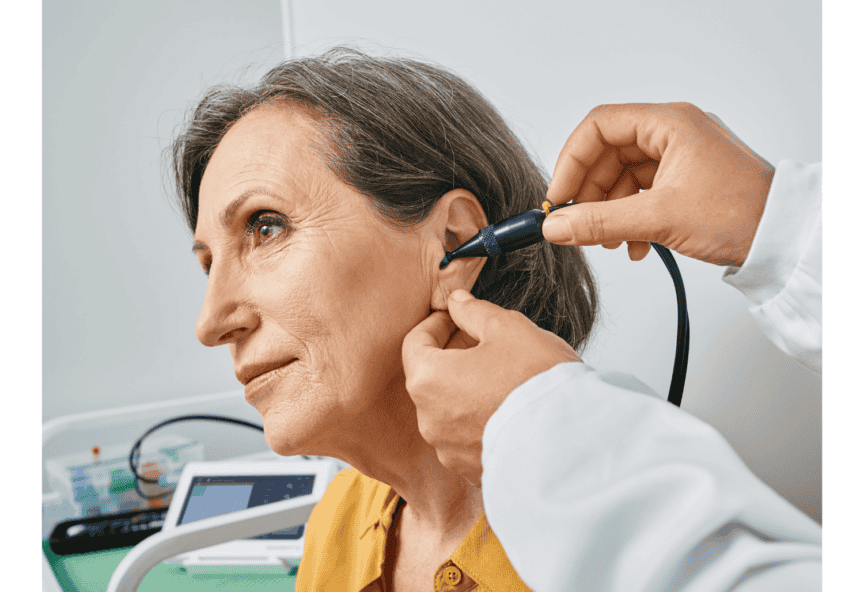A sudden earache or a feeling of fullness in the ear can be frustrating. It might come and go, making it difficult to tell if it is a minor annoyance or a sign of something more serious. Many middle ear problems develop without obvious symptoms, so advanced testing methods are important for accurate diagnosis.
Tympanometry is a powerful tool that helps hearing health professionals assess middle ear function. This painless test measures how the eardrum responds to changes in air pressure, providing valuable insights into potential issues. Whether it is fluid buildup, an infection, or a problem with the eardrum, tympanometry plays a key role in identifying concerns before they become more significant problems.
Understanding How Tympanometry Works
Tympanometry evaluates how well the eardrum moves in response to changes in air pressure. A small probe is placed in the ear canal, and the device gently changes the pressure while measuring eardrum movement. The results are displayed on a tympanogram graph, which helps professionals determine if the eardrum and middle ear structures function properly.
When the middle ear is healthy, the eardrum moves freely, and the tympanogram shows a normal peak. If fluid is behind the eardrum, a perforation, or a problem with the tiny bones in the middle ear, the results will indicate abnormal movement. This makes tympanometry a critical tool for diagnosing conditions that may go unnoticed.
Detecting Fluid in the Middle Ear
Middle ear infections, especially in children, are common and often involve fluid buildup. Tympanometry helps detect this fluid by measuring how well the eardrum moves. If the eardrum is stiff and does not respond to pressure changes, it could indicate the presence of fluid.
Identifying fluid early is important because untreated middle ear infections can lead to hearing loss or long-term complications. Tympanometry provides a quick and accurate way to detect these issues, allowing for timely treatment. This test is especially helpful for young children who cannot communicate their discomfort.
Identifying Eardrum Perforations
A hole or tear in the eardrum can cause hearing problems and make the ear more vulnerable to infections. Tympanometry helps detect eardrum perforations by assessing how the eardrum reacts to air pressure changes. If there is a perforation, the test will show an abnormal tympanogram, confirming the issue.
Recognizing an eardrum perforation early is important for preventing complications. Some perforations heal on their own, but others may require medical intervention. Tympanometry helps guide treatment decisions by providing a clear picture of the eardrum’s condition.
The eustachian tubes help equalize pressure in the middle ear, but they can sometimes become blocked or fail to function properly. This can lead to discomfort, a clogged feeling in the ear, or even temporary hearing loss. Tympanometry is a useful tool for assessing eustachian tube function and detecting problems.
When the Eustachian tubes do not open and close properly, pressure imbalances can affect hearing and lead to complications. Tympanometry results help hearing health professionals determine whether the tubes function normally or if further treatment is needed. Addressing Eustachian tube dysfunction early can prevent more serious issues from developing.
Early intervention is especially important for children because hearing is important for speech and language development. Tympanometry provides a reliable way to detect potential concerns before they impact learning and communication. By identifying middle ear problems early, hearing health professionals can help prevent long-term complications.

